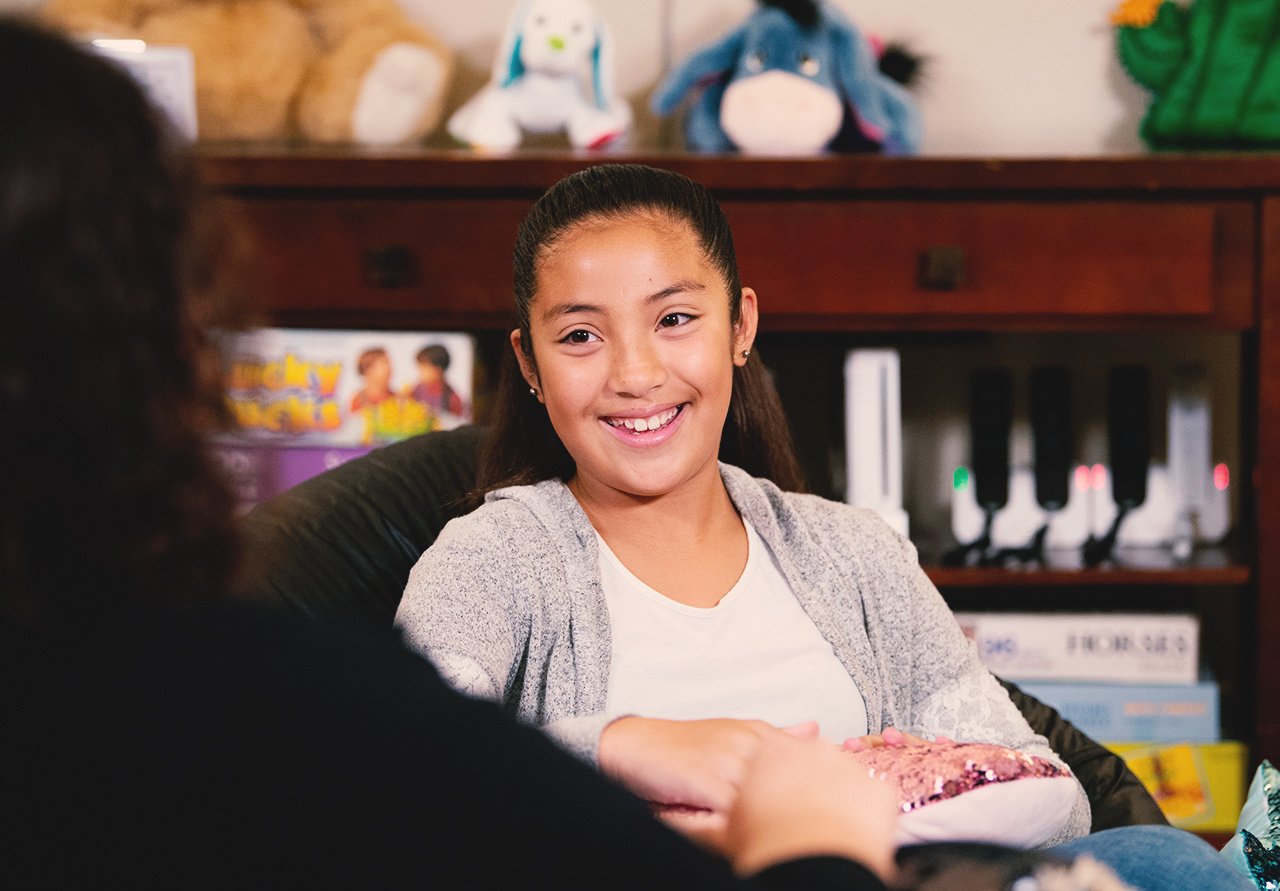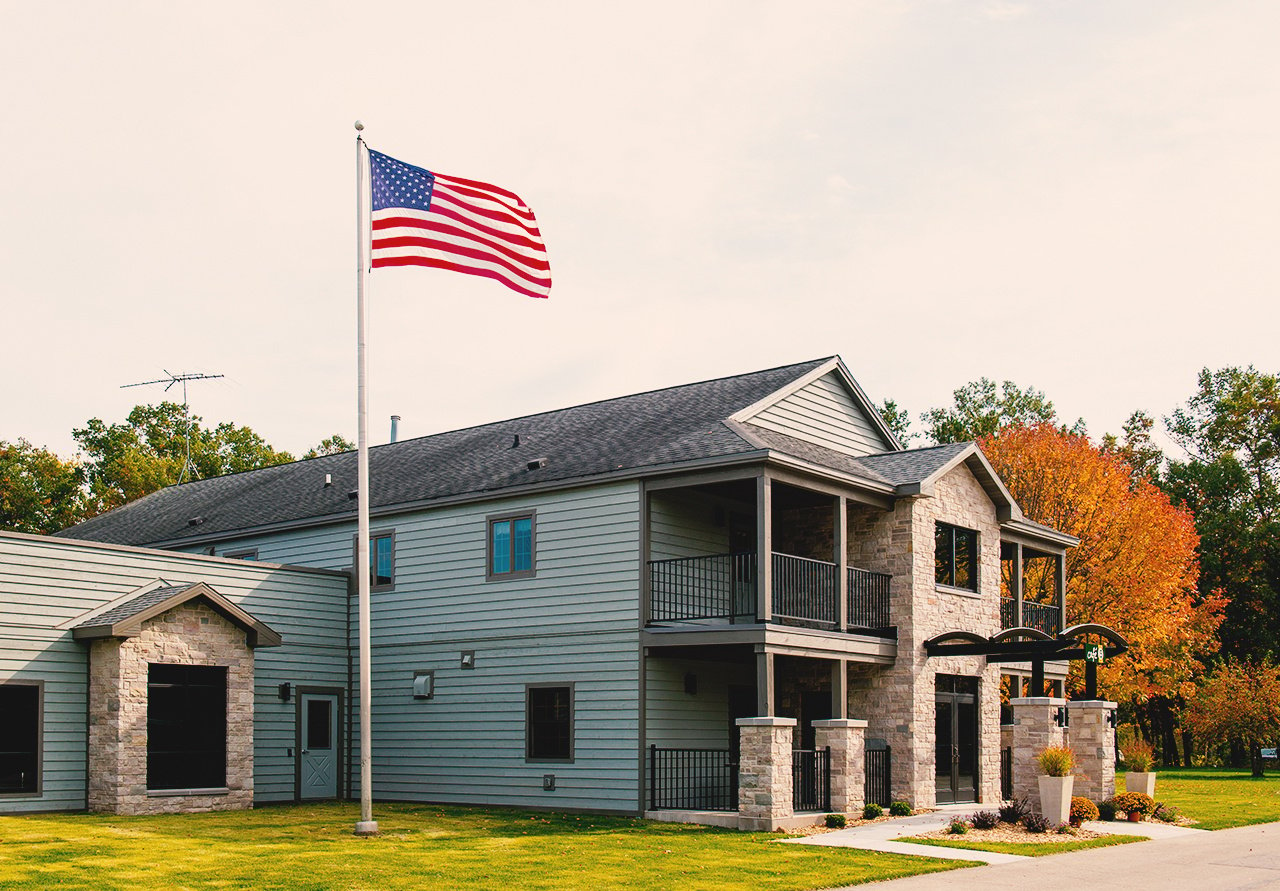
Debuting in the fall of 1969, The Brady Bunch was much of America’s first look inside a blended family. Regularly grouped with programs like the Andy Griffith Show, The Brady Bunch was one of the last idealistic American family television shows during a period of time where a majority of children lived in a family with two parents in their first marriage.
(click to enlarge graphic)

Those who lived in a blended family, without a maid, knew The Brady Bunch was complete fiction. But even The Brady Bunch wasn’t perfect. Carol found a pack of cigarettes in Greg’s jacket in Season 2, even though the cigarettes weren’t his (obviously). Kids at every age level in The Brady Bunch had to figure out how to deal with one another.
The Bradys can teach us that bringing a blended family together is no easy task—even for a TV family. Setting up a home and creating a positive environment for every child will be difficult. It will take an immense of out of preparation, years of work, and maybe even family counseling to successfully navigate the challenges of bringing a blended family together.
Blending a family for the long-term with consistent discipline
It’s difficult not to look towards the future, but it usually takes between two and five years for a blended family, or stepfamily, to establish itself. Change isn’t going to happen quickly, and it will take a long time before everyone gets used to their new roles.
Children will take cues from their biological parent and their stepparent, so adults must lead effectively. Many times, new stepparents don’t anticipate the tough transition from fun-loving babysitter to full-time parent. How stepchildren view their new parent is extremely important when establishing a blended family.
Learn More: Rawhide Youth and Family Counseling Clinics
Creating an environment with consistent rules and discipline is essential to building a blended family.
Change is the only consistent during the blending of a family. Consistency should be presented as much as possible—from old routines to positive parenting practices. When parenting is not consistent with either partner, more pressure and stress can be exerted on the children in the family.
Children are intuitive and will notice if one parent starts to slip and could try to manipulate them. Marjorie Engel, Ph.D., president of the Stepfamily Association of America, says that the biological parent should handle the discipline at first, along with the full support of the stepparent.
10 helpful ideas to consider before you blend your family
- Create a list of values you want to instill in your children
- Write down your parenting beliefs (timeouts, etc.)
- Write down household rules (bedtimes, screen time)
- Commit to following your parenting guidelines (keep one another in check)
- Create new rituals with your blended family (new holidays)
- Set aside time for just you and your biological kids
- Understand that a complete and total blend is not possible
- Try not to add unnecessary changes, consistency is huge
- Speak well of your ex-spouse; children want their parents to get along
- Anticipate difficult decisions
Age groups and how they adjust to blended families
Kids aged 10 and under
Children under 10 are generally the most accepting when it comes to adjusting to a new adult and a blended family. These kids will need to continue to have their daily needs met.
Adolescents aged 10–14
This age group will have the most difficult time adjusting to a blended family, especially if they have to compete for attention with young children. Even if they don’t outwardly express it, kids aged 10-14 generally need just as much support and attention as children under 10.
Teens aged 15 and older
Teens and young adults will have less involvement in a blended family and will have already reached a point where they’re striving to be more independent. Having a strong family with love and support is still important to them.
Differences between boys and girls
Boys and girls tend to be uncomfortable with physical displays of emotion or affection from their stepparent. Specifically, girls will be more uncomfortable with physical displays of emotion from a stepfather, and boys will have an easier time relating to them.
Establishing a new relationship with your ex-spouse in a blended family
One-in-five separated or divorced parents say they disagree with the children’s other parents often.
Research shows that one of the primary sources of children’s problems after a divorce is the inability of parents to keep their negative feelings about their ex (or their ex’s new partner) to themselves.
Establishing a new relationship with your former spouse is another key component to building a successful blended family. Like it or not, you and your old spouse are going to have to navigate through a new relationship and you’ll be linked for the rest of your life. The adult partners hold the keys to success in every blended family. The more effort you put into all of your relationships, the easier the transition will be.
Read More: Is your child’s diet affecting their behavior?
It won’t be easy setting painful feelings aside, and your children will be watching and taking cues from your relationship with your former spouse. Keep in mind that rules in both households will probably never align perfectly. Be the best parent you can be when you’re around your children.
Change won’t happen overnight. Biological siblings disagree all the time – remember, you’re a real family! Even the Bradys argued. It’s okay to argue and it’s okay to seek expert advice during the transition. Many parents find it worthwhile to seek counsel even before blend happens, rather than just taking a reactive approach.
Keep the faith! Before you know it, your oldest kids will be arguing about who gets to convert the attic into a groovy new bedroom.
Outpatient counseling blended family issues
The joining of two families, different parenting styles, and new family routines will be a huge challenge.
Blending puts stress on every member of the new family situation. Some families find that therapy helps the transition. Family therapy is an effective way for a blended family to work through issues each individual member wants to bring to the table.
Parents of a newly blended family will have to set new boundaries and carve out new roles for each member of the family and family counseling can help keep everyone on the same page.
Rawhide Youth and Family Counseling offers outpatient counseling for children, teens, families, couples, and individuals.
Our licensed counselors hold master’s and/or Doctorate degrees from the State of Wisconsin and draw from over 50 years of combined experience to compassionately counsel clients on an outpatient basis.
Don’t be afraid or too proud to ask for help at any point during the blend.










